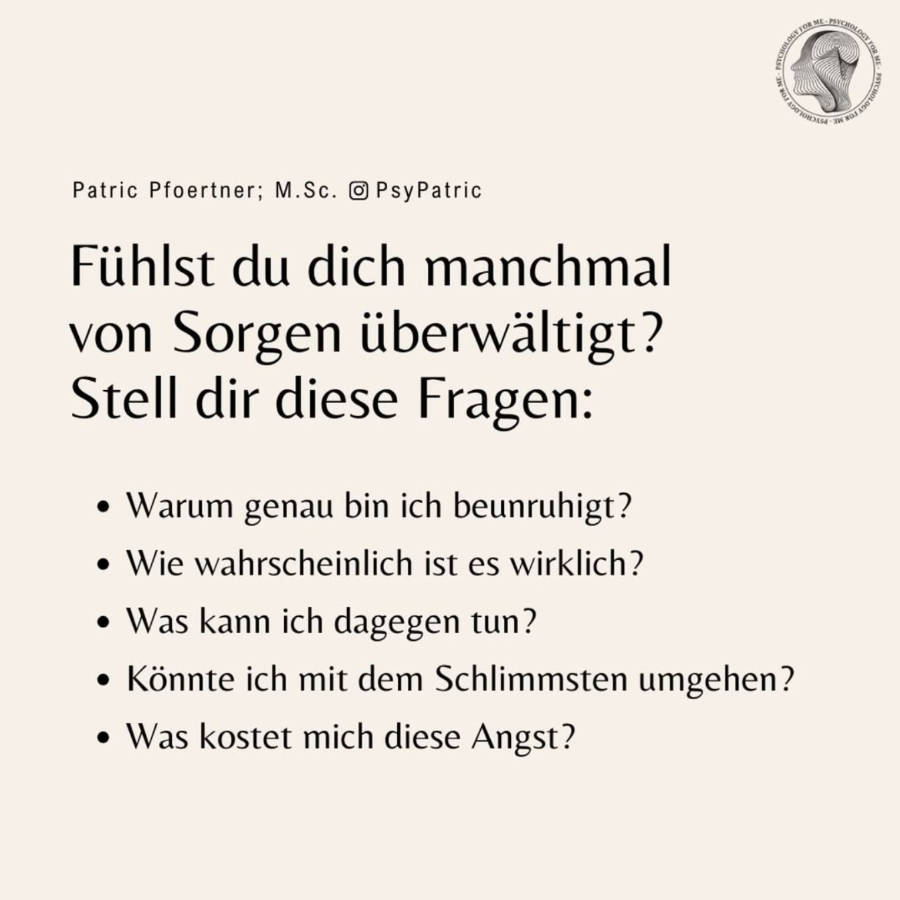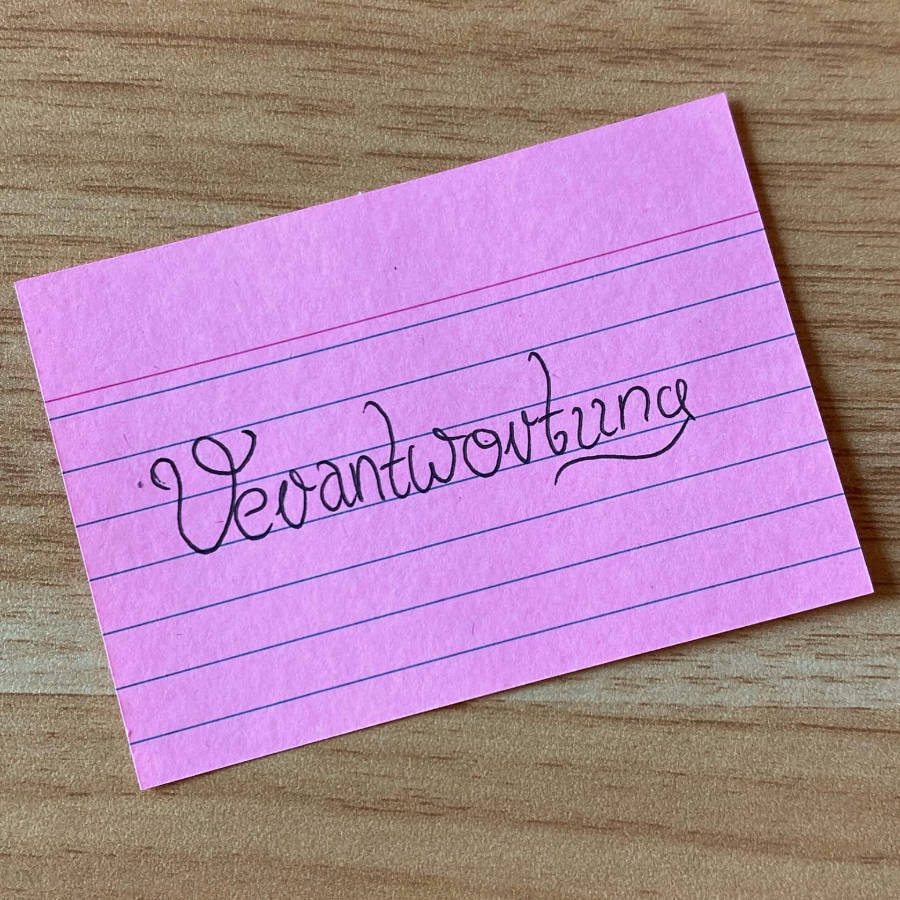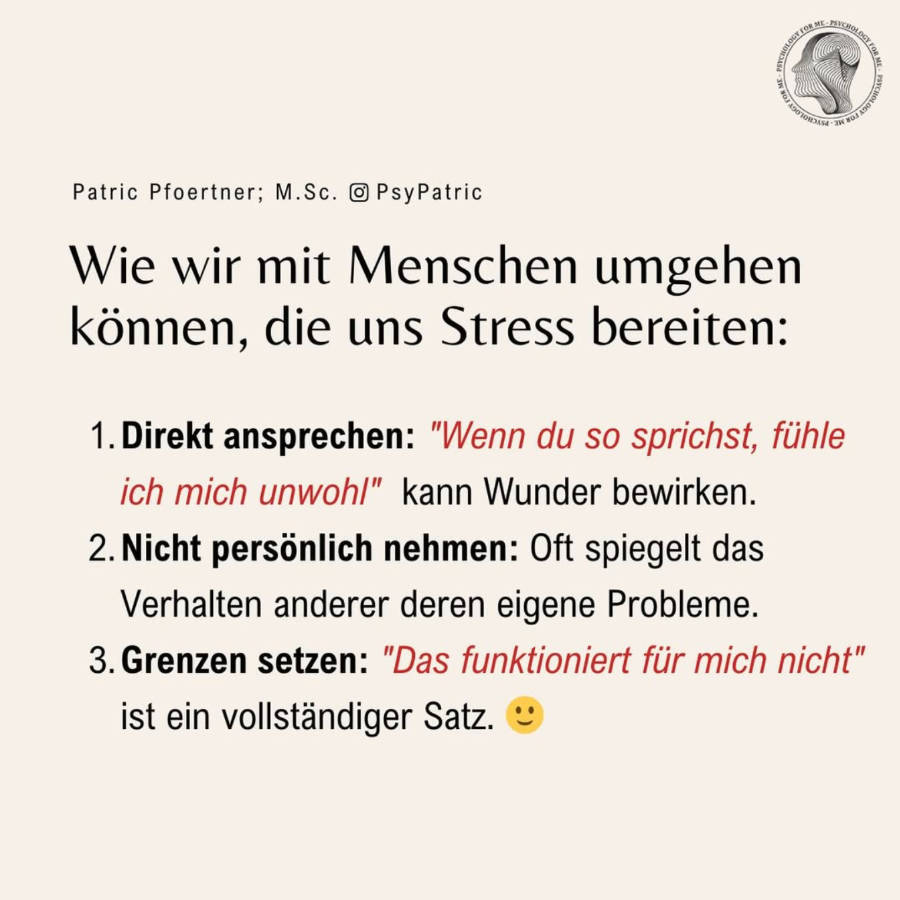Understanding Your Fear: A Closer Look at Claustrophobia
As a professional psychologist, I understand that confronting fears can be a challenging, yet empowering step towards well-being. If you've ever felt a profound sense of panic or discomfort in enclosed spaces, you're not alone. The Claustrophobia Self-Assessment is designed to offer a gentle, insightful first step into understanding these feelings. It’s a tool for self-reflection, providing clarity on whether your experiences align with common signs of claustrophobia.
This self-assessment aims to help you:
- Identify potential signs and symptoms of claustrophobia.
- Gain initial insights into how these fears might be impacting your daily life.
- Determine if seeking professional guidance could be a beneficial next step for you.
You might be asking yourself some common questions about this experience, and it's important to address them:
What exactly is claustrophobia?
Claustrophobia is an anxiety disorder characterized by an irrational and intense fear of confined spaces. This fear isn't about the space itself, but rather the perceived lack of escape or feeling of being trapped. It can manifest in various settings, from elevators and crowded rooms to subways and even MRI scanners. The core of this fear often lies in the anticipation of suffocating, being restricted, or losing control.
What are common symptoms I should be aware of?
Symptoms of claustrophobia can be both psychological and physical. Psychologically, you might experience intense anxiety, panic, a strong urge to escape, or a feeling of impending doom when in an enclosed space. Physically, these fears can trigger a range of bodily reactions, including heart palpitations, shortness of breath, sweating, trembling, dizziness, nausea, or a sense of choking. These symptoms can be highly distressing and lead to significant avoidance behaviors.
What typically causes this fear?
The exact causes of claustrophobia are not always clear, but they often involve a combination of factors. Past traumatic experiences in confined spaces, such as being trapped or feeling overwhelmed in a small area, can contribute. Observing others who have this fear or learning about distressing events in enclosed spaces can also play a role. Sometimes, it can develop without a clear trigger, possibly linked to genetic predispositions or a general tendency towards anxiety.
Is claustrophobia treatable, and when should I seek help?
Absolutely, claustrophobia is highly treatable! Many effective therapeutic approaches exist, such as Cognitive Behavioral Therapy (CBT), which helps individuals identify and challenge irrational thoughts, and exposure therapy, where one gradually and safely confronts feared situations. If your fears are causing you significant distress, leading to avoidance of daily activities, impacting your work or social life, or causing panic attacks, it is highly recommended to seek professional support. A mental health professional can provide a proper diagnosis and work with you to develop personalized strategies for managing and overcoming your fear. Remember, reaching out is a sign of strength and a positive step toward reclaiming your comfort and freedom.
























